The EU should exploit EIT networks in Widening countries, says ERA opinion author Paul Rübig
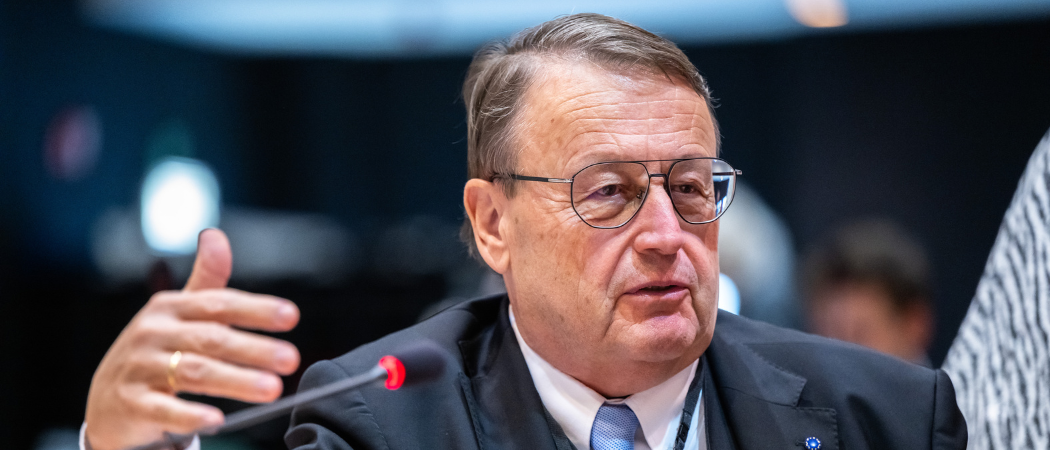
Paul Rübig, rapporteur for the EESC opinion on the European Research Area Act. Photo credits: Laurie Dieffembacq / European Union
A leading figure dealing with research policy at the European Economic and Social Committee (EESC) has stepped up to support the beleaguered European Institute of Innovation and Technology (EIT). According to Paul Rübig, rapporteur for the EESC opinion on the European Research Area (ERA) Act, the EIT has a key role to play in reducing reducing Europe’s research and innovation gap.
“What we need for the ERA is a real, strong European infrastructure, and there’s only one party at the European level that can provide this infrastructure: the EIT,” said Rübig, a former Austrian MEP and EIT board member. “I think it makes no sense to start from scratch if we have something which has shown it works,” he told Science|Business.
The EIT is short of friends at present. Last year the Danish and Latvian governments called for its funding to be discontinued, a view echoed by Germany’s Fraunhofer-Gesellschaft. And when the European Commission released its proposal for the next Framework Programme, FP10, on July 16, the EIT was not mentioned.
Related articles
- Commission to launch public consultation on ERA Act
- EIC board calls for better coordination with national and regional funds
- High-profile report urges EU to create a ‘fifth freedom’ of research and innovation
The draft does, however, include support for innovation ecosystems and the integration of the “knowledge triangle” of research and innovation, education, and business, which is the EIT’s mission. The current regulation establishing the EIT gives the Commission until the end of 2026 to make provision for the EIT’s budget beyond 2027, if required by Horizon Europe.
While the EIT has faced criticism, recent evaluations have recognised the value of the institute’s strong presence in less-developed regions through its nine knowledge and innovation communities (KICs) and its regional innovation hubs.
For Rübig, this support and the networks the EIT has built are crucial. “We know that for the new member states, technical advice is the most important [element] to be successful,” he said.
Improvements are needed, however. According to Rübig, a “holding structure” should be created and placed between the KICs and the EIT, which would bring together EU agencies, venture capital and other partners to work together, exchange information and organise competition between the KICs. “The principle should be that the ones that are successful get more money than the ones which don’t produce success,” he said.
The EESC has no power in negotiations over the next Framework Programme, but its view must be taken into account by the EU institutions. Its opinion on the ERA Act, adopted on July 16, recommends leveraging the EIT’s pan-European infrastructure to support cross-border research and innovation.
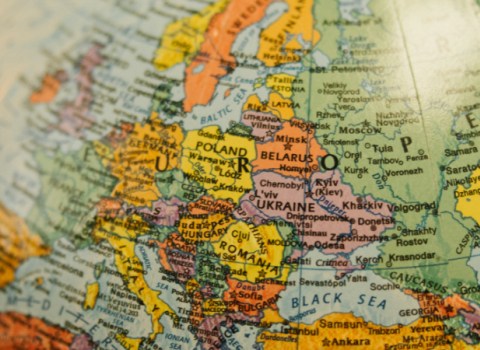
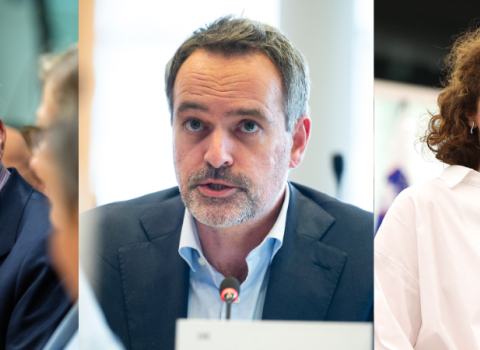

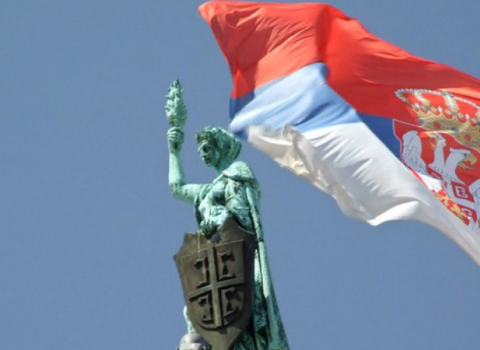
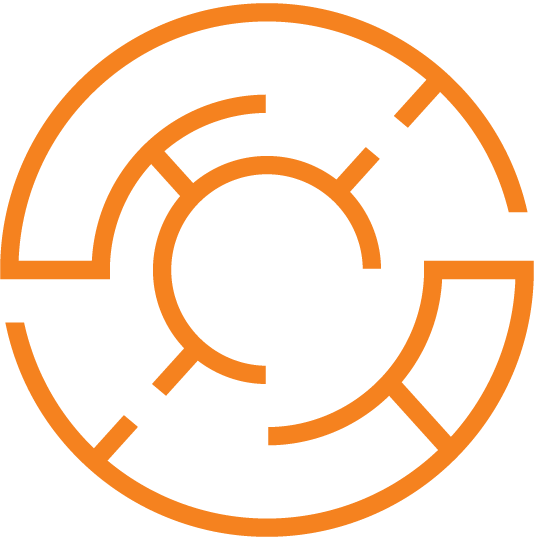
 A unique international forum for public research organisations and companies to connect their external engagement with strategic interests around their R&D system.
A unique international forum for public research organisations and companies to connect their external engagement with strategic interests around their R&D system.